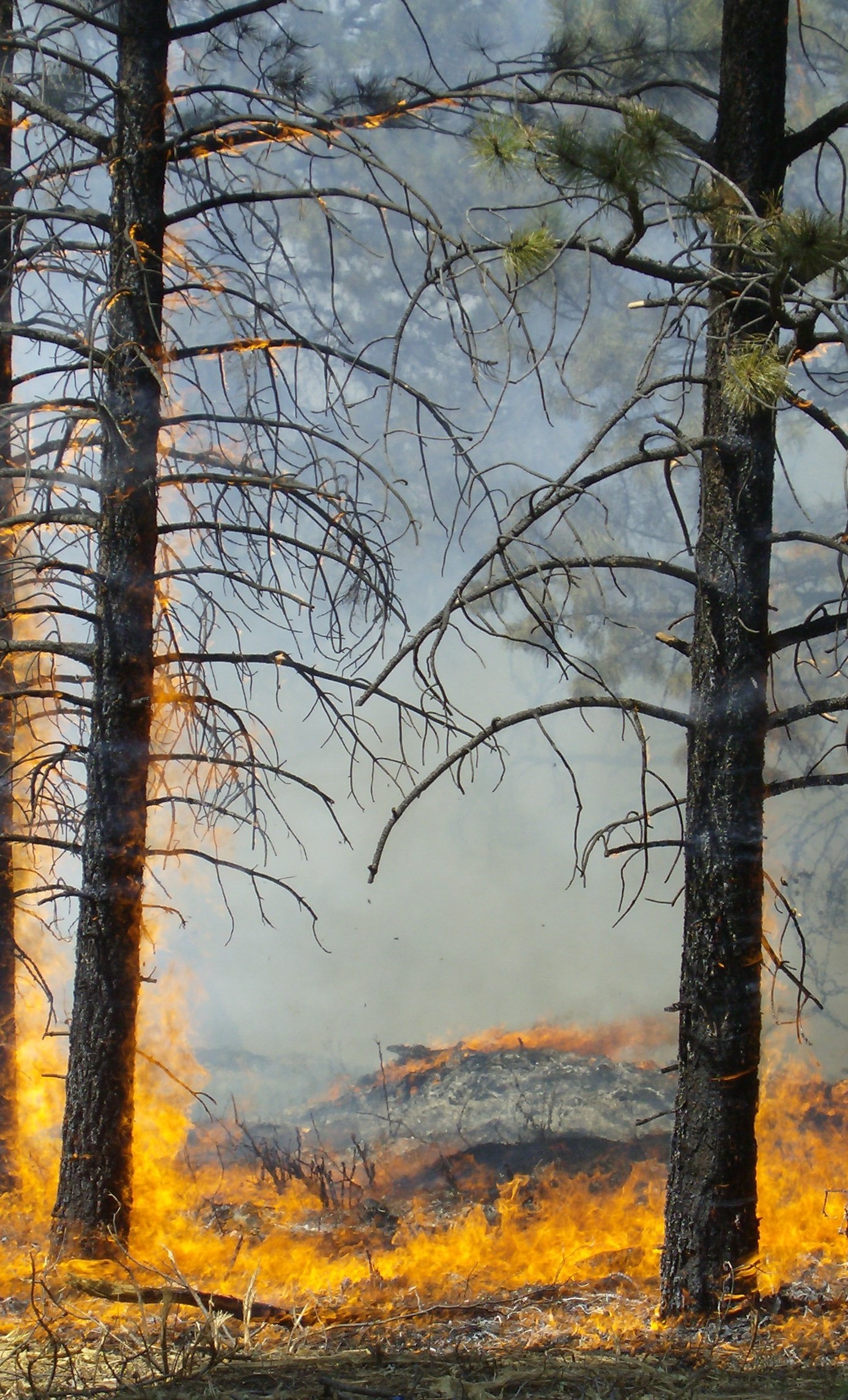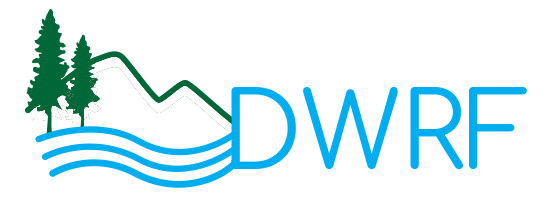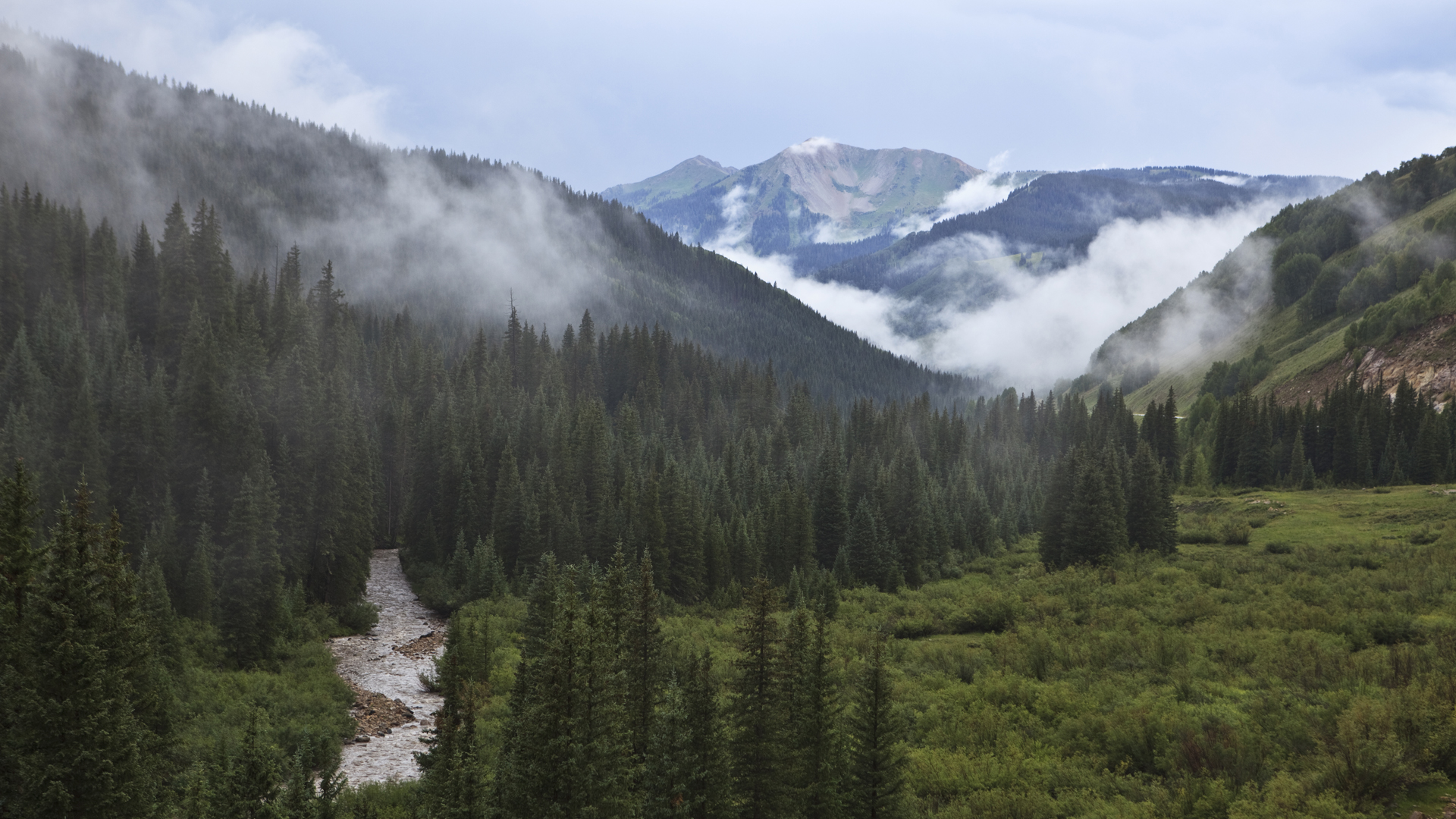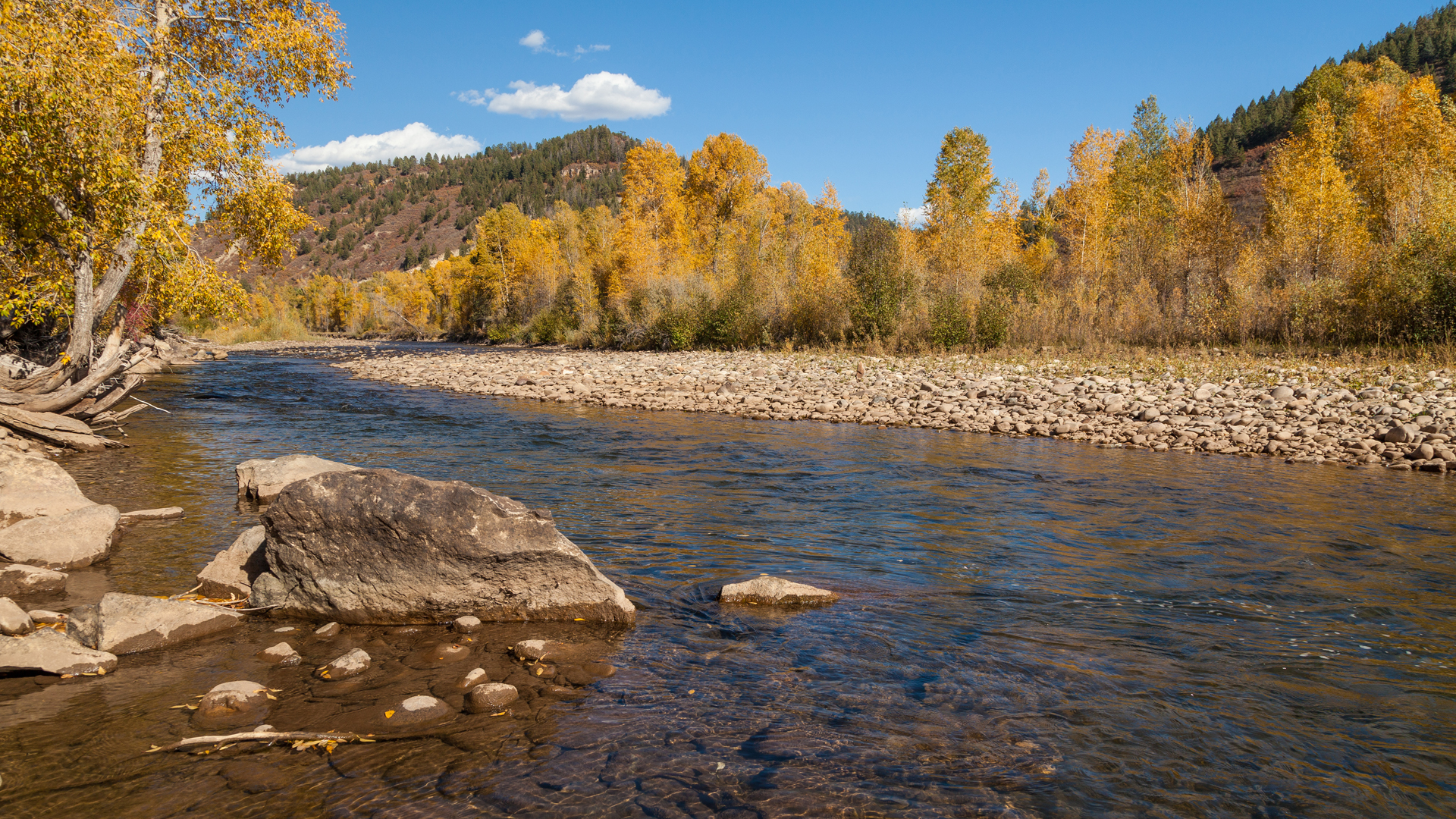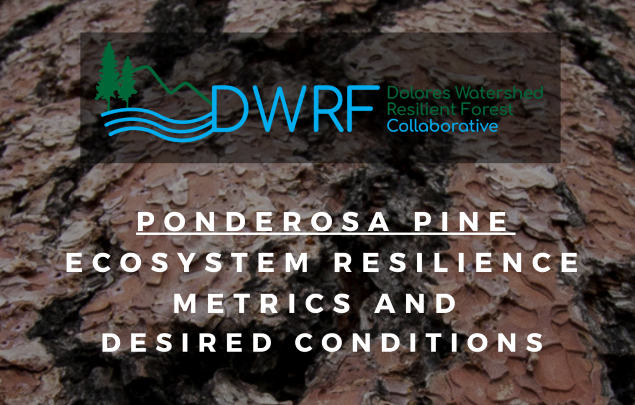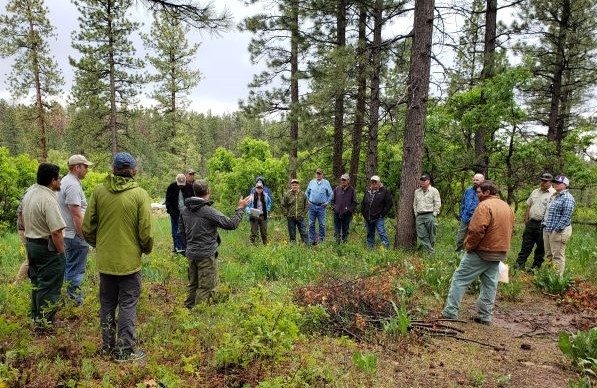WE’RE HIRING!
SEE THE COLLABORATIVE COORDINATOR JOB ANNOUNCEMENT AND REQUEST FOR APPLICATIONS HERE
Applications accepted until the position is filled. Application review begins November 27, 2023.

WHO WE ARE AND WHAT WE DO
The Dolores Watershed Resilient Forest Collaborative (DWRF) is an inclusive collaborative forest and watershed group in southwest Colorado. We share knowledge and resources and develop approaches that enhance ecological and community resilience to wildfire and environmental change. We recognize the many links between social, economic, and ecological wellbeing, and work to enhance our communities’ ability to safely live with fire. Together, we work to:
- Collaboratively implement forest management and monitoring activities
- Use the best available science to inform resilient land management actions and community risk reduction
- Increase the capacity of the local forest products industry and integration with collaborative management
- Better prepare for, respond to, and aid recovery from wildfire
CHECK OUT UPCOMING MEETINGS AND EVENTS
Restoring a resilient forest
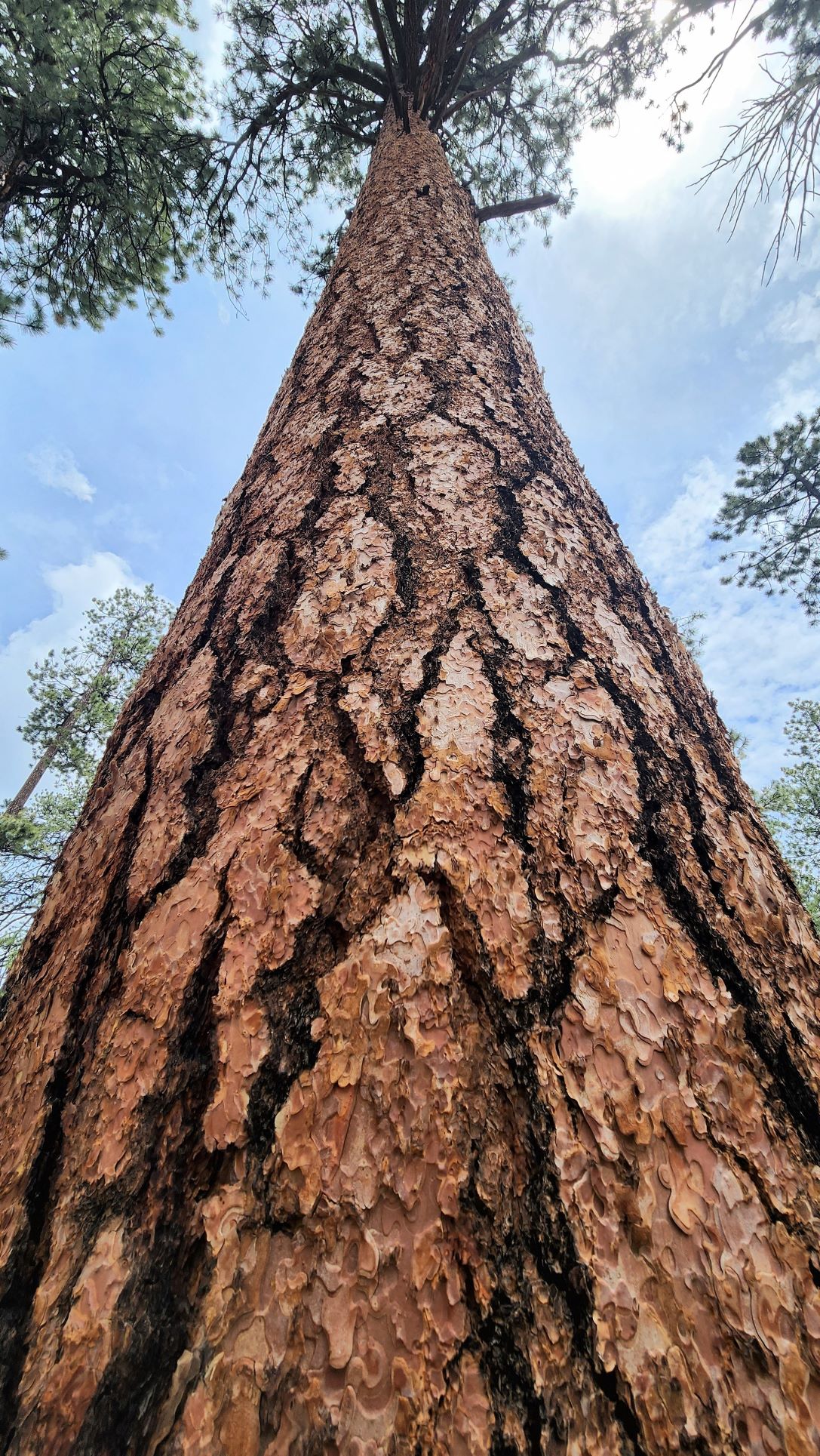
Did you know that ponderosa pine forests provide critical habitat for wildlife, forage for grazing, wood products, and ample recreation opportunities? Did you know that these forests have been used and managed by people for thousands of years, including the Nuchu (Ute) and 24 other Native American tribes and communities throughout the region?
Ponderosa pine forests are superbly adapted to wildfire. As trees age they gain thick bark that allows them to survive frequent surface fires. These fires create small openings, a good place for young trees to establish, while also leaving groups of living trees.
In the early 1900s, unmanaged and intensive removed many old trees from the landscape. Fire suppression combined with unregulated grazing resulted in forests with fewer grasses and more trees. This increase in tree density puts the forest at risk to insect outbreaks and more severe fire.
To help conserve these forests into the future, DWRF partners work together to remove excess trees and replicate historic forest patterns that were largely maintained by wildfire. Ecologically-focused management approaches to achieve these goals include mechanical treatments (cutting trees) and prescribed fire. Strategic fuel breaks, or strips of land where vegetation has been modified to slow or control a fire, help reduce the risk of fire spreading off forests and into neighborhoods. Communities and homeowners reduce their risk by clearing evacuation routes, creating defensible space, and fire-hardening homes. These actions not only help conserve forests, but also protect lives and infrastructure and support the local recreation and wood products economy.
Forests operate on long time scales and using management to restore ecosystems is a slow and methodical process. By continuing to work together we help ensure our communities can coexist with these forests into the future.
